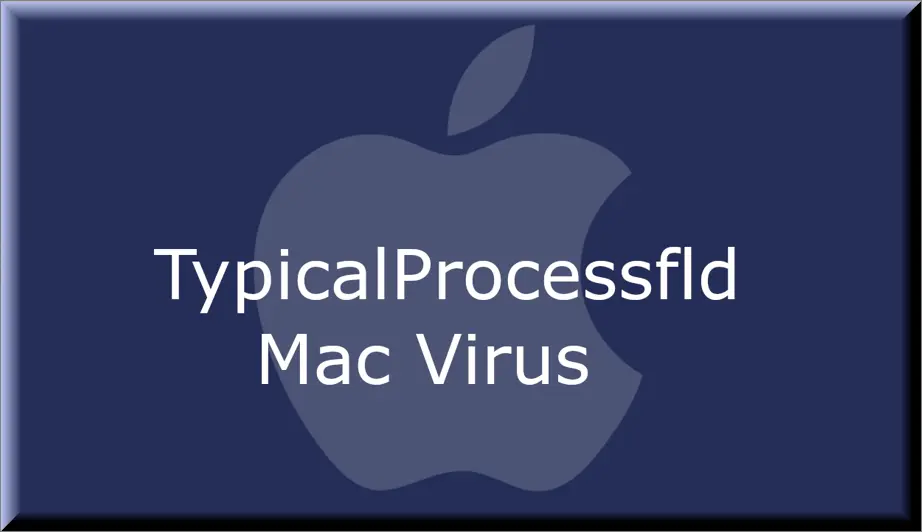In the quickly changing technological landscape of today, it is essential to comprehend different systems and processes. A procedure like this that has received notice is “TypicalProcessFLD.” This thorough tutorial will explore the complexities of TypicalProcessFLD, addressing all pertinent topics, questions, and observations. Readers will have a comprehensive grasp of TypicalProcessFLD, its importance, and its real-world applications by the end of this essay.
TypicalProcessFLD: What Is It?
Typical Process Flow for Logical Design referred to as TypicalProcessFLD. A methodical process used in many different fields, especially engineering and software development, to describe logical order in which steps must taken in order to build a system or component. This procedure guarantees that every stage properly planned and carried out, producing results that are effective and error-free.
Important Elements of a Typical Process FLD
Initial Requirements Analysis
Collecting requirements is the first stage in the TypicalProcessFLD process. Understanding the requirements and expectations of clients, end users, and stakeholders is necessary for this. To gather all required data, in-depth research, surveys, and interviews are carried out. Making a thorough set of requirements that will direct the design process is the aim.
Analysis of Systems
After gathering the requirements, system analysis comes next. To do this, the requirements must analyzed in order to find any obstacles or opportunities. Understanding the project’s viability and locating any limitations that might have an impact on the design made easier with the use of system analysis.
Logic-Based Planning
The real design process starts at the logical design step. The main goal of this phase is to design the system’s blueprint using the analysis and requirements. Data flow diagrams, entity-relationship diagrams, and other schematic representations of the system’s operation created as part of logical design.
Confirmation and Validation
The logical design validated and verified when it created. Verification verifies accuracy and consistency, while validation makes sure the design satisfies the requirements. Before continuing, it is imperative that you find and fix any problems in this stage.
Planning for Implementation
TypicalProcessFLD concludes with implementation planning. To do this, a thorough plan outlining the conversion of the logical design into a physical system must created. Allocating resources, scheduling, and managing risks are all part of implementation planning, which makes sure that the design to development process goes well.
Value of the TypicalProcessFLD
TypicalProcessFLD is essential for a number of factors. First of all, it offers an organized method for designing, guaranteeing that every facet carefully thought out and taken care of. By doing this, the possibility of mistakes and rework reduced, saving time and money. Second, by offering a precise and comprehensive design, TypicalProcessFLD improves team member communication and collaboration. Ultimately, it guarantees that the finished product satisfies stakeholder expectations and criteria, increasing success and satisfaction rates.
Utilizing TypicalProcessFLD in Real-World Applications
Software Development
TypicalProcessFLD a software development tool used for designing software systems and applications. It aids in the creation of a thorough, logical design that directs programmers while they code and construct the software. This guarantees that the program satisfies user needs and operates as planned.
The Typical Engineering Process
FLD also utilized in engineering projects to design complicated systems and components. It offers a methodical approach to design, guaranteeing that all functional and technical specifications satisfied. This results in technical solutions that are effective and efficient.
Design of Business Processes
TypicalProcessFLD a tool used by businesses to plan and streamline their operations. It facilitates the creation of intricate process flows that raise productivity, lower expenses, and increase efficiency. Businesses can make sure that processes are well-designed and in line with objectives by adhering to TypicalProcessFLD.
Regular Difficulties in Typical Process FLD
TypicalProcessFLD has several drawbacks in addition to its many advantages. Requirement collection accuracy is a regular challenge. Inadequate requirements comprehension or neglect can result in defective designs. Making sure the logical design workable and can implemented successfully is another difficulty. This has to thoroughly analyzed and validated. It can sometimes be difficult to keep team members’ collaboration and clear communication going, particularly on big projects.
FAQ concerning StandardProcessFLD
What is FLD (Typical Process)?
Typical Process Flow for Logical Design, or TypicalProcessFLD, is a methodical technique to developing systems and its constituent parts.
How come TypicalProcessFLD matters?
It offers a methodical approach to design, reduces mistakes, improves communication, and guarantees that the finished product satisfies stakeholder needs.
What is the software development application of TypicalProcessFLD?
It provides direction for software systems’ design and implementation, guaranteeing that the program works as planned and satisfies user needs.
What constitutes TypicalProcessFLD’s essential elements?
Collecting requirements, system analysis, logical design, validation and verification, and implementation planning are the essential elements.
What typical problems does TypicalProcessFLD face?
Accurately obtaining requirements, making sure the design is feasible, and keeping team members’ communication lines open are challenges.
Is it possible to apply TypicalProcessFLD in business process design?
Yes, companies develop and improve their processes using TypicalProcessFLD to increase productivity and efficiency.
Conclusion
TypicalProcessFLD is a useful method for developing components and systems across a range of industries. It makes sure that every factor is carefully taken into account and dealt with by offering a methodical and comprehensive procedure. In software development, engineering, or business process design, for example, TypicalProcessFLD facilitates the production of effective, efficient, and error-free results. A better understanding of and application of TypicalProcessFLD can result in increased stakeholder satisfaction and success rates.

